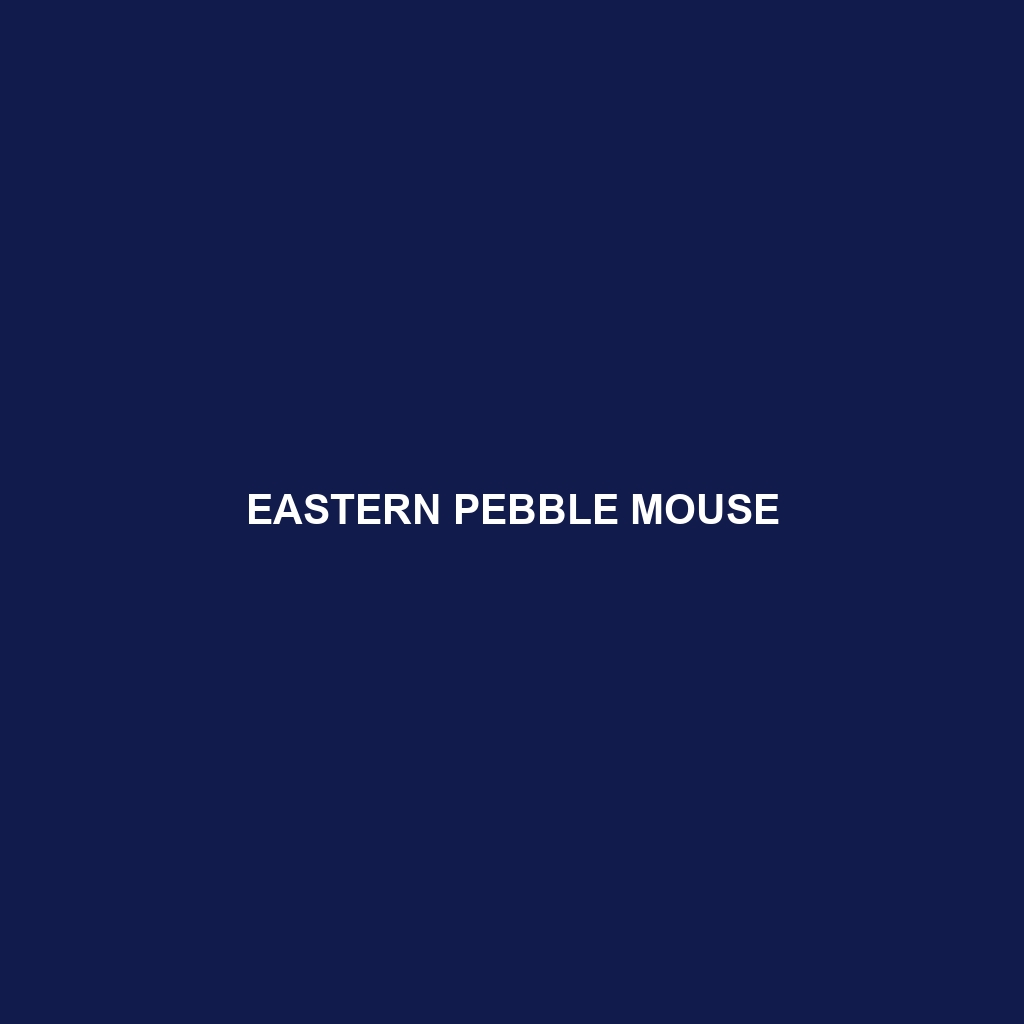Armand’s Zokor: A Comprehensive Species Description
Common Name: Armand’s Zokor
Scientific Name: Myospalax aspalax
Habitat
Armand’s Zokor is primarily found in the montane regions of northern and central China, particularly within the provinces of Sichuan, Gansu, and Shaanxi. This small mammal prefers grassy meadows and alpine shrubland, where it can burrow into the soft, well-drained soil. Their habitat is characterized by cool temperatures and high moisture levels, making it ideal for their survival.
Physical Characteristics
Armand’s Zokor is a medium-sized rodent, typically measuring 20 to 25 centimeters in length. It possesses a robust, cylindrical body covered in dense, soft fur that ranges in color from dark brown to a lighter, sandy hue. This species has distinctively short limbs and a shortened tail, which is well-adapted for its subterranean lifestyle. Its sharp claws facilitate digging, while its broad skull aids in burrowing behaviors.
Behavior
Armand’s Zokor is primarily a solitary animal, known for its underground lifestyle. These zokors are most active during dusk and dawn, displaying crepuscular behavior. They construct extensive tunnel systems that serve as their habitat and foraging grounds. Their strong territorial instincts lead them to mark their territory with scent, deterring potential intruders.
Diet
The diet of Armand’s Zokor mainly consists of roots, tubers, and herbaceous plants. It employs a method of digging and chewing to access food underground, which is essential for its survival. This species has adapted to a herbivorous diet, relying heavily on the plant life available in its mountainous habitat.
Reproduction
Armand’s Zokors breed once a year, typically during the late spring and early summer months. After a gestation period of approximately 21 to 28 days, the female gives birth to a litter of three to six pups. These offspring are born in well-furnished burrows and are weaned after several weeks, quickly becoming independent and learning to navigate their subterranean world.
Conservation Status
Currently, Armand’s Zokor is classified as ‘vulnerable’ according to the International Union for Conservation of Nature (IUCN). The primary threats to its population include habitat destruction due to agricultural expansion and climate change. Conservation efforts are essential to protect its natural habitat and ensure the survival of this unique species.
Interesting Facts
– Armand’s Zokor is named after the French botanist and explorer, Paul Armand, who contributed significantly to the study of the flora and fauna of China.
– This species is an excellent digger, capable of creating burrow systems that extend over 100 meters in length.
– Their unique physical adaptations, such as a strong sense of smell and acute hearing, help them evade predators while foraging underground.
Role in Ecosystem
Armand’s Zokor plays a crucial role in its ecosystem as a herbivore. By digging tunnels and burrowing, it aerates the soil, promoting nutrient cycling and influencing plant growth. Furthermore, it serves as a food source for various predators in its montane habitat, contributing to the overall biodiversity and stability of the ecosystem.
This HTML-structured species description contains essential information about Armand’s Zokor, optimized for search engines while maintaining a clear and professional style.
